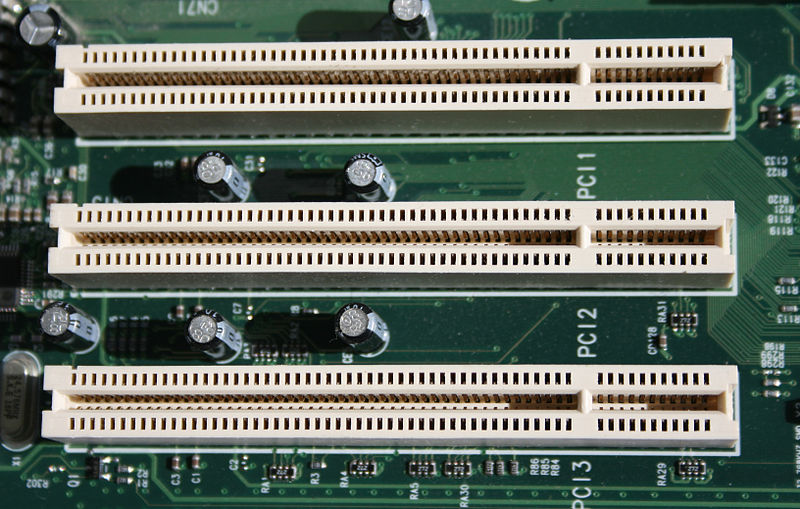I’ve been dealing with change control and source code repositories for most of my professional career. While I’ve seen change control and integration advance steadily for writing programs it feels like the database part of things is just stuck in the stone age. For months now I’ve been researching solutions for source control, change management, and deployment of database objects. The conclusion I’ve come to is there is no solution. Well, no easy solution. I was very happy in the early days of SQL Server 2005 when they announced source control integration into management studio. It was a great pain for me personally to have Visual Studio, and the solution architecture it offered and not have that on the database side of things. Alas, it wasn’t meant to be. What they meant buy source control was using the previous generation of integration and then crippling it.
Really?
This doesn’t look like much of a solution to me.
I know what most of you are thinking. If you have Visual Studio use it. That works for me but not the people on my team that only have access to SSMS. It also means I have to jump between two tools to do one thing, work with SQL Server. I have been told that Microsoft is basically pushing you to Visual Studio for all of your development needs. Leaving SSMS as a management tool only. If Visual Studio did everything SSMS did it wouldn’t be that big a deal for me personally.
Options Available
SQL Server Management Studio Hacks
I tried several things to work around the limitations SSMS has. I found you could manually edit the solution file to get extra folders. The only problem with that is they all show up as ether Queries or Miscellaneous. Other than that one and the old fix for sorting files by name there aren’t any other hacks I can find.
Toad for SQL Server
Generally has a nice look and feel.It has all the development and management features to be a true replacement for management studio. I tried all the normal things that I do in SSMS in Toad and several things were better. The debugger was nice and the statement optimizer is also a nice addition. It does fall down flat in some basic key areas. I never could get it to display an execution plan. As a T-SQL guy the plan is a must. I know it is a bug somewhere. Having something this fundamental during and evaluation is a big red light though.
The only down side is it doesn’t support Sourcegear Vault/Fortress which is a real shame. Lots of SMB’s use Vault for source control since it is miles better than visual source safe and much cheaper than team system.
ApexSQL Edit
That left only one other contender in this fight. ApexSQL Edit has been around quite a while as well. Initially, it has a similar look and feel to Toad. I know there isn’t a lot that you can do to since both look like Office. I is also missing the management features but I can live with that. The goal is to get the developers a tool they can develop in and use our code repository easily. ApexSQL Edit did include support for Vault and it worked as expected. Again, I started using it daily like I would SSMS. Everything I tried worked, for the most part. 95% of the time it would generate an execution plan. Not as clean as SSMS but it had more options on how to display the plan, which I liked. I did have a few crashes, but this was a beta build and I will let that go until I test the full release. Since this was a beta I did provide feedback and initially the folks at ApexSQL were very responsive. Eventually though everything just went quiet accept for the sales guys asking me how things were going. Right now they are a no go until the stability issues are addressed and the RTM is out so I can do a full evaluation again.
Final Thoughts
What I hoped would be a pretty easy exercise turned out to be a real work out. For all of SSMS’s problems it is stable and familiar. I was really hoping that ether Toad or ApexSQL Edit would solve my problems. I haven’t given up on ApexSQL Edit yet, we will just have to play the waiting game and keep using an inadequate solution until someone comes up with something better.









